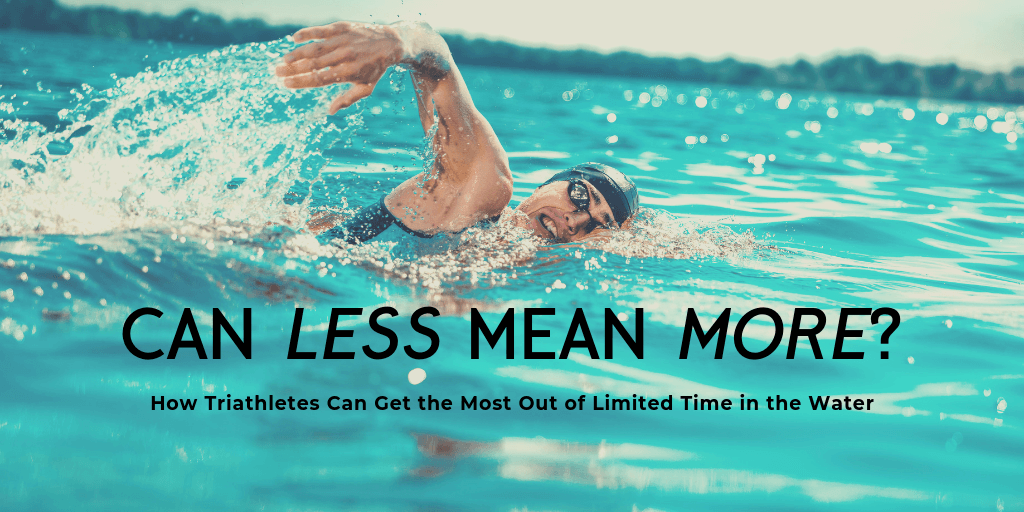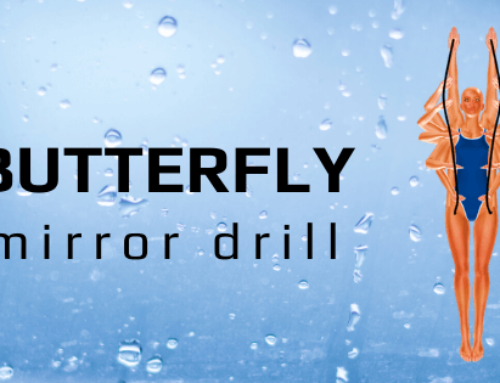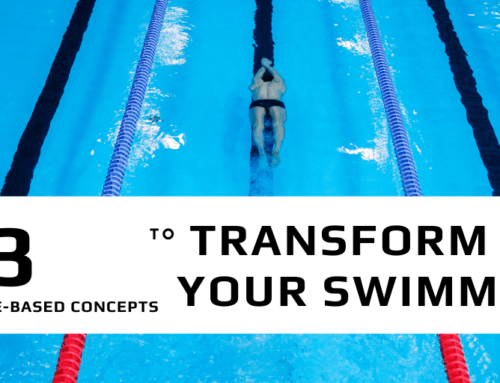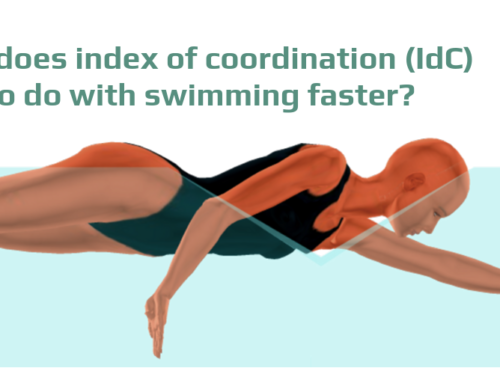How Triathletes Can Get the Most Out of Limited Time in the Water
We get it: There is a limited amount of time that a triathlete can spend training in any one sport. It doesn’t help that swimming is most likely not a triathlete’s favorite event – or that access to water for training might be a significant impediment to training year-round. So how can you make your swimming more effective and improve your finish times – without increasing swim training times?
For starters, science doesn’t push for ever more time/distance in the water as the best way to improve your swim times. In fact, just the opposite is true: research suggests that even a limited time in the water can produce a substantial improvement in performance time. Obviously, no one is advocating that swim training isn’t required to be successful. Instead, this post – and the significant research behind it – suggests 5 ways you can make the most out of every swim.
- Dedicate a large portion of your time in the water to swimming slow. This allows you to avoid fatigue and focus more on technique. Your goal is to establish a regular routine of short, slow swims with the priority on skill improvement. (Your endurance training with your biking and running make this focus on technique swimming possible.)
- Practice breathing less frequently to improve visual input. When swimming slower, a swimmer can minimize the number of breathing strokes. If the head is motionless on nonbreathing strokes, swimmers can better focus on visual input. They will be more certain of what they see and be better able to control their movements using visual feedback. This will also help when you are swimming in open water when conditions are less than ideal.
- Set a goal and work towards improving technique on every swim. Strokes performed with an ineffective technique (because of fatigue, speed, breathing, etc.), are not likely to improve or reinforce effective technique. It is essential to practice your technique to develop skills that enable you to swim faster. It’s far better to swim more slowly while focusing on technique elements like arm entry, head position, pulling through to the thigh on each stroke, etc., than it is to swim as fast as possible for as long as possible.
- When possible, practice in race-specific conditions. The ultimate goal of skill-learning is to maintain the most effective technique throughout an entire race. A reduced distance regimen allows more time for swimmers to practice under simulated race conditions (i.e. choppy water, swells, transitions). For example, training sets that include a start from shore provide swimmers with the opportunity to practice starts.
- Get feedback from a coach or fellow triathlete. While many triathletes work regularly with both sport and strength coaches, many do not. For both, asking for feedback on some aspect of your swimming technique can provide valuable information. For example: Is your head level when not breathing? Do you raise your elbows the same way on left/right hand strokes? Are you “dragging” your legs or is your body position basically level? Are you rolling your body excessively when you begin your stroke? This kind of feedback is essential to improving technique. If you are fortunate enough to have a swim coach, don’t be shy about asking for a regular short technique assessment. Getting a friend to video record your stroke for you to see can also be an eyeopener.
The bottom line: A limited amount of time spent swimming results in fewer stroke cycles and allows a triathlete to focus on technique in a way that enables lasting change. Fewer cycles also mean less shoulder stress and pain. Shoulders that are not stressed and not suffering from inflammation are not as likely to interfere with swimming, biking or running. Which means: you can get the most out of your practice swims, swim faster with better technique, and devote more time to the rest of your packed schedule.




